How to wash your linen bedding so it lasts – 7 tricks from laundry experts to keep yours soft and stave off damage
Keep your bedding looking its best with proper washing technique
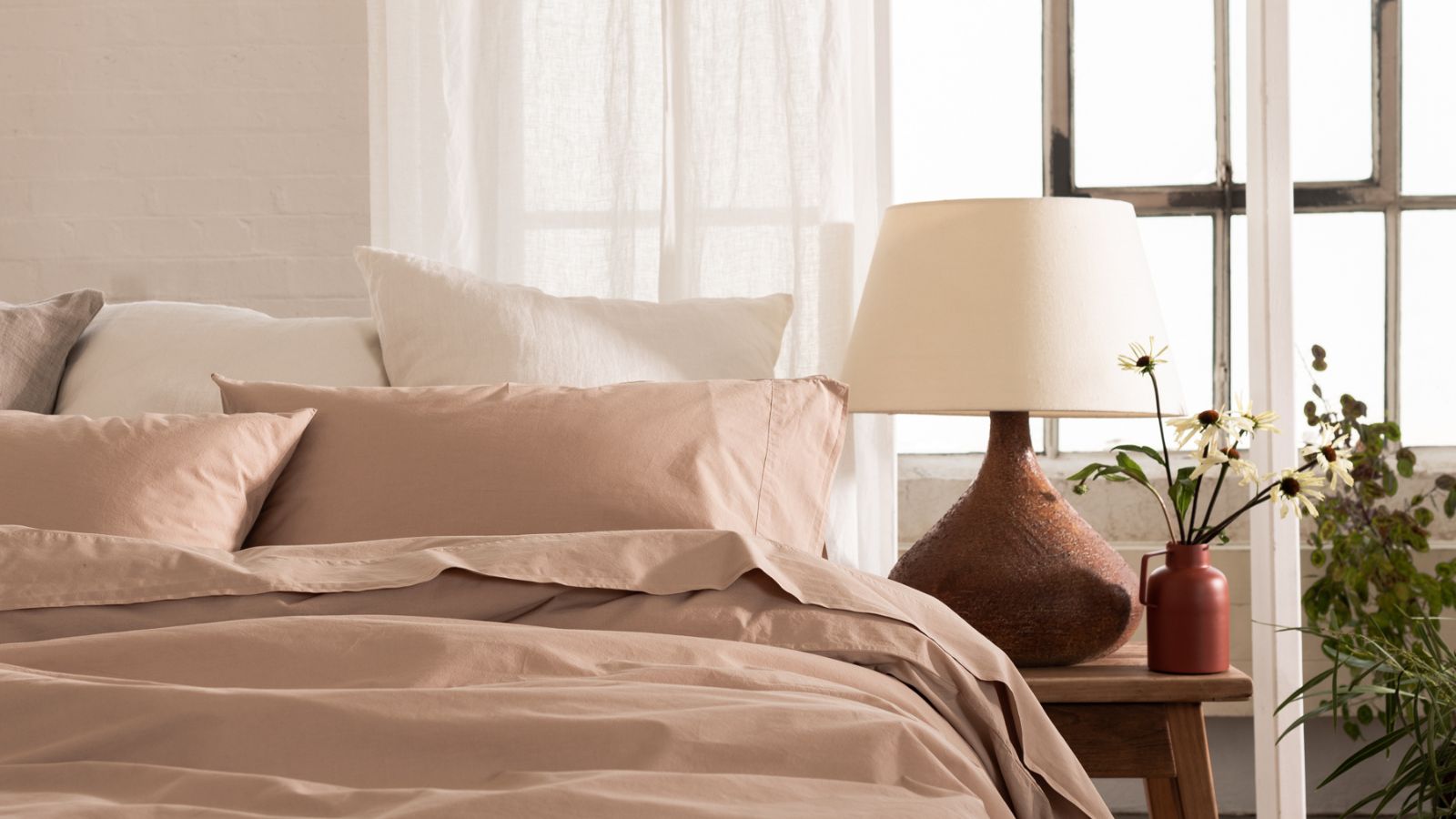

Whether you invested in linen bedding for its soft feel or its laid-back look, caring for it properly ensures it remains as comfortable and beautiful as the day you bought it.
While washing linen might seem like a simple task, the natural fibers require special care to preserve their integrity and some common mistakes could be ruining their texture.
Here, professional cleaners and bedding experts have shared their top laundry tips for washing linen bedding to maintain its luxurious look and feel for years to come.
How to wash linen bedding
Linen is a truly luxurious material for bedding, and has the unique quality of getting softer every time you wash it, points out Christina Heiser, content director at Saatva, the luxury sleep company. This is all thanks to its unique texture with natural slubs, giving the finished fabric a thicker hand feel.
This relaxed, lived-in look is only nurtured and maintained with the right care however.
1. Wash linen separately
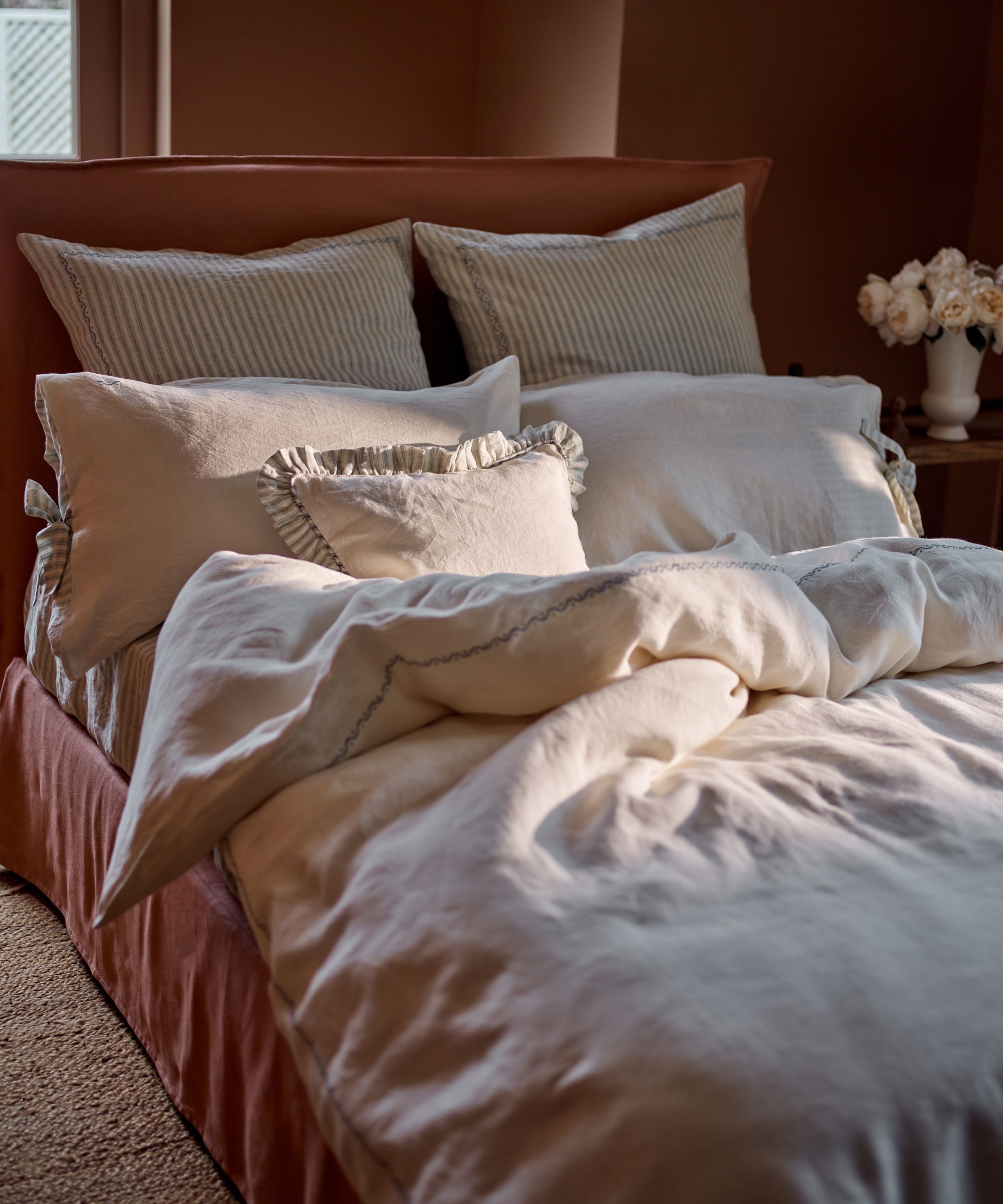
Separating laundry from linen if you want to avoid damaging the delicate fibers in the washer.
Alicia Sokolowski, president and CEO at AspenClean says, 'Try to always wash your linen bedding separately from heavy items to prevent friction. Similarly, avoid overloading your machine as this can limit limits movement, leading to uneven cleaning and harsh wrinkling.'
Jessica Hanley, founder of Piglet in Bed, adds. 'To prevent the fabric from pilling, turn the bedding inside out before washing as this will help to protect the outer surface.'
A great organizing trick to make laundry easier is using a pre-divided laundry hamper to separate delicate items. This way a rough pair of jeans doesn't get wrapped up in the bedding. Even the best washing machine can't prevent them getting tangled up.
All prices correct at time of publication.
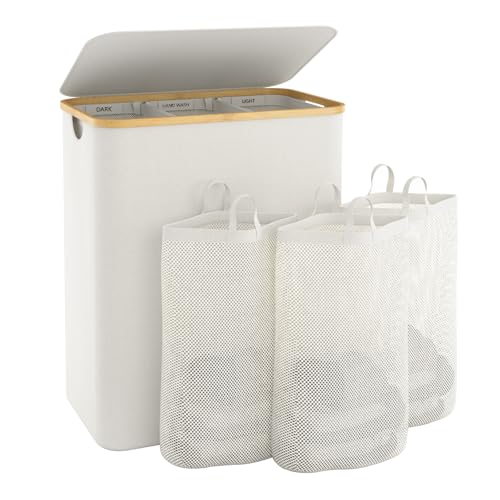
This extra large laundry hamper is perfect for busy households, with three removable bags to make sorting laundry super simple.
2. Use a gentle laundry cycle
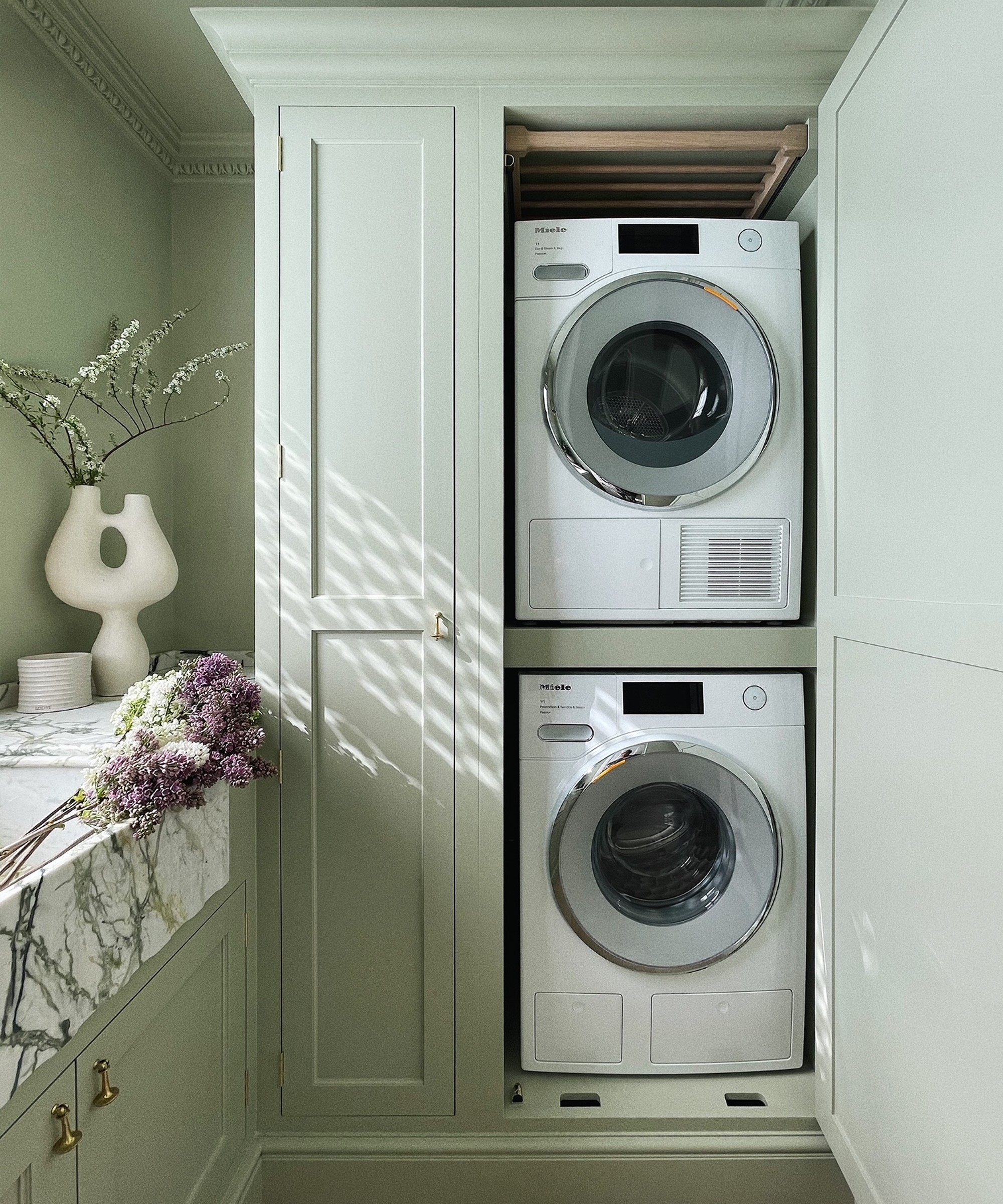
A common tip when washing bed sheets no matter their material is to always use the delicate setting on a washing machine to prevent roughing up the fabric, says Rick Rome, laundry expert and founder of WashClub.
He explains, ‘While linen is known for being quite durable, I would still recommend washing it on a gentle cycle with lukewarm water, as high temperatures could cause it to shrink or lose its softness.'
Reading up on your washing machine settings and checking laundry symbols on the care tag will ensure you get a perfect wash, every time.
3. Opt for gentle detergents
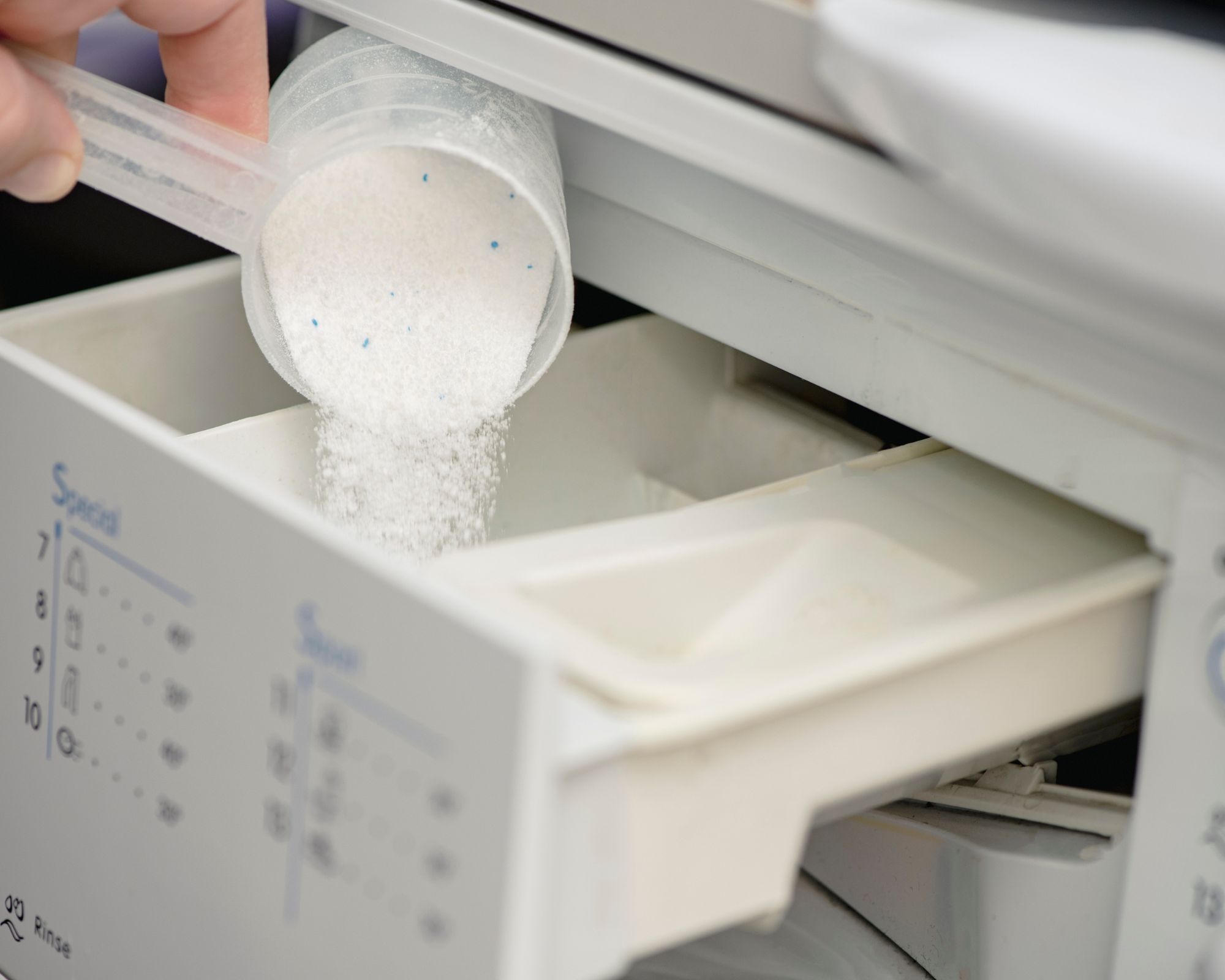
Alicia Sokolowski, cleaning expert, warns, 'You should always use a gentle, natural detergent that is free from harsh chemicals and bleach when caring for linen, to avoid weakening the natural fibers. Do not use fabric softeners and dryer sheets for your linen bedding as they coat linen fibers, reducing breathability and softness.'
There are more benefits to going green when choosing cleaning products besides longer-lasting bedding. Opting for dye-free and fragrance-free detergents is better for your health, too, limiting your exposure to harsh chemicals that could irritate your skin or respiratory system.
There are many non-toxic alternatives to using dryer sheets that help maintain softness and reduce static.
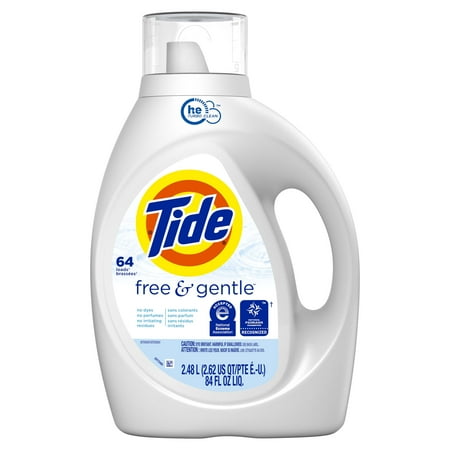
The Tide Free & Clear detergent doesn't contain any harsh artificial dyes and fragrances that could irritate sensitive skin, making it ideal for delicate, hypoallergenic fabrics.
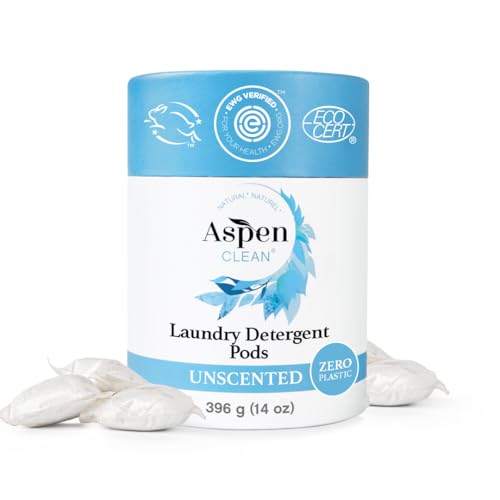
Environmental Working Group (EWG) Certified, these laundry pods are certified healthier for use in your home, helping to cut out toxic laundry room items.
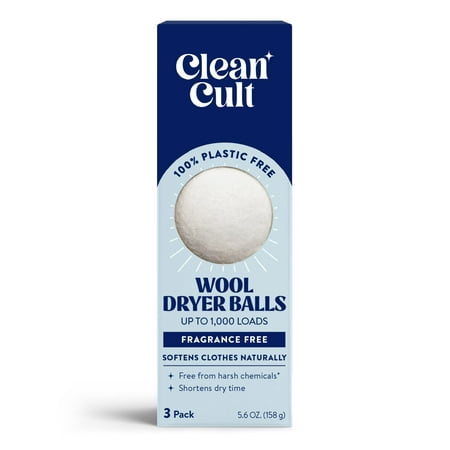
Dryer balls are a great dryer sheet alternative that will break up and fluff up your laundry for even drying and softer bedding.
4. Ensure all soap is removed after washing

While you should never wash anything without laundry detergent, it is essential to ensure any residue is completely rinsed off before drying your linen bedding to protect its soft texture.
Tadas Pukas, CEO and founder of Minimalistic Linen says, ‘Thorough rinsing is crucial to eliminate all traces of soap and detergent, preventing age spots caused by oxidation.'
If you are struggling to rinse all the soap residue off, then it may help to cut down on laundry detergent to stop the problem at the source. Unless your load is particularly dirty, you don't need much detergent.
Adding vinegar to your laundry will help break down build up, while hitting the extra rinse button on your appliance will take care of residue that hasn't been removed well enough.
5. Never use bleach, even on white linen
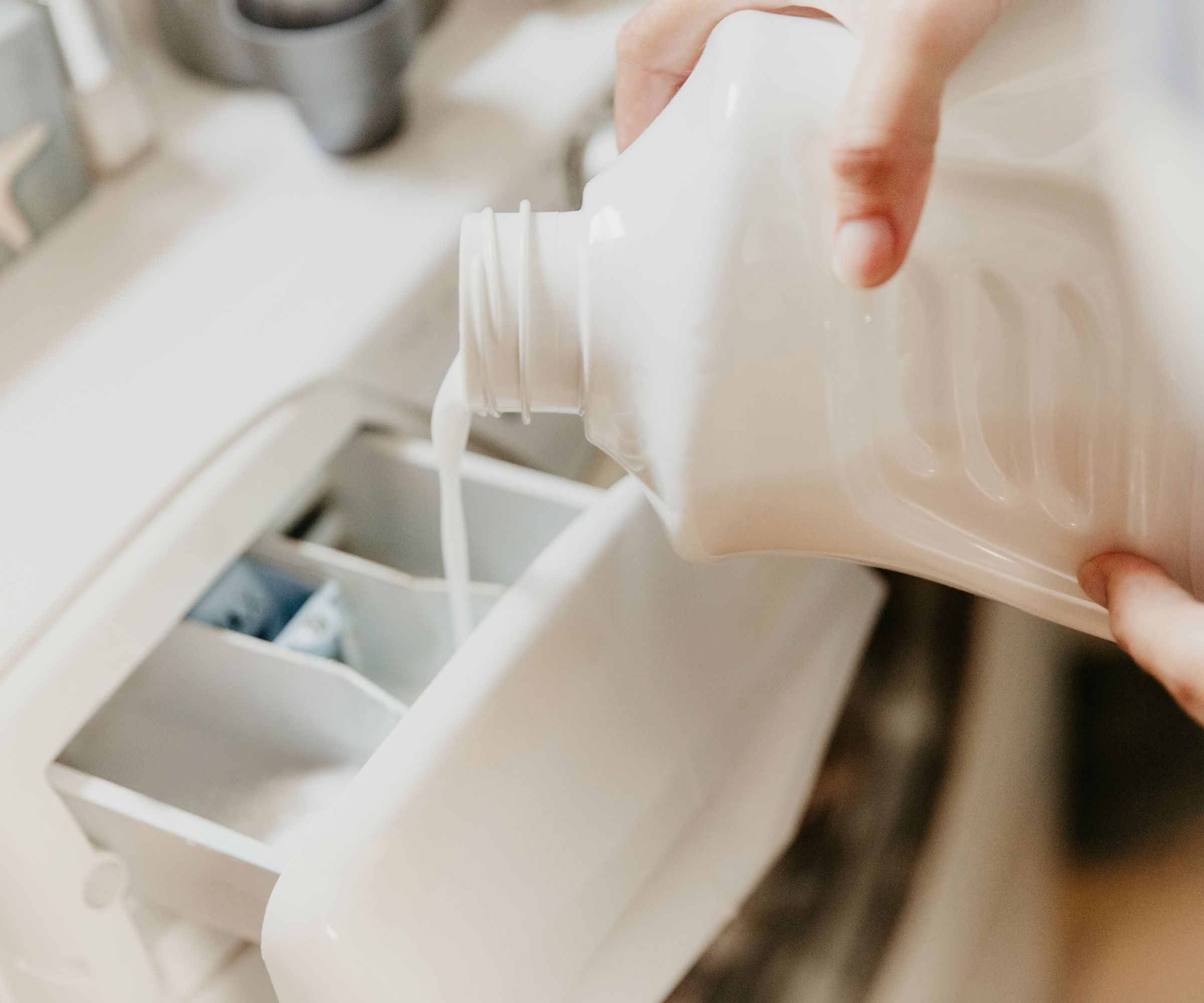
When washing white or light-colored fabrics, it is common to use bleach in laundry for the best results. When it comes to linen, however, this step should be avoided at all costs.
Christina Heiser of Saatva, warns, ‘Skip the bleach as this ingredient can actually turn white sheets yellow and destroy certain fabrics. Reach for a mild detergent instead and wash on a gentle cycle.’
Alternatively, you can clean with oxygen bleach, a chlorine-free alternative that helps whiten whites and brighten brights without the risk of damaging the fibers or the color.
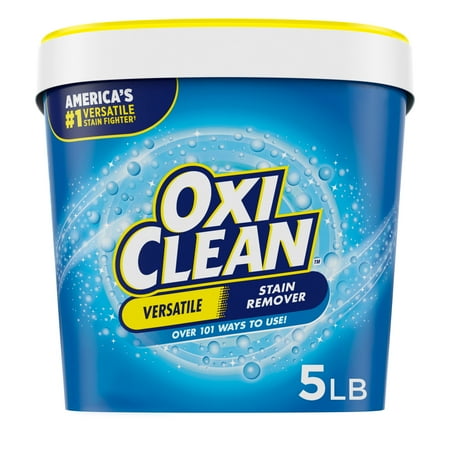
Perfect for pre-treating stains, Oxiclean can also be added to your washing machine for an extra stain-fighting boost during the cycle.
6. Air dry when possible

Although linen is not one of the items you should never put in a tumble dryer, it is still beneficial to air-dry linen bedding when possible. This can help to prevent shrinkage.
Jessica Hanley of Piglet in Bed explains, 'The easiest and most energy-efficient way to dry your sheets is to hang them on a line outdoors – ideal during the warmer months. Alternatively, you can dry them flat or on a clothes airer inside.
'The sun can bleach fabrics, so keep an eye on darker linens left too long out in the sunshine. Our linen bedding is suitable for tumble drying, just ensure it's on a low setting. Once dried, give the sheets a good shake to fluff up the fabric fibers to ensure they remain soft.'

A dehumidifier can help make drying laundry inside quicker, reducing the risk of musty smells while preventing mold in your home.
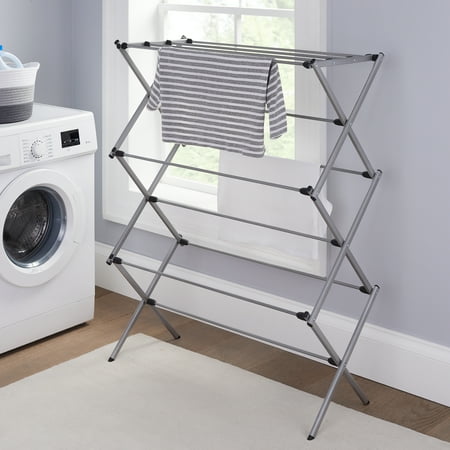
Indoor laundry racks don't have to take over your space. This collapsing laundry rack folds down for easy storage in closets or behind furniture.
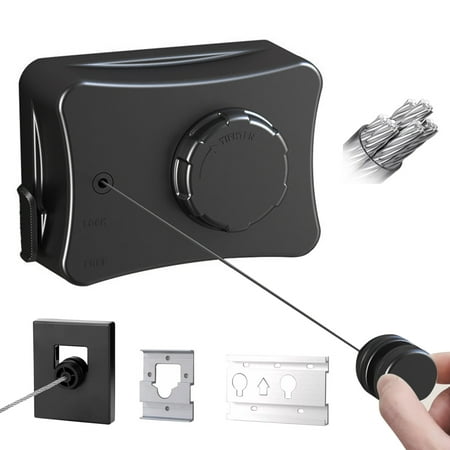
Ideal for lots of big laundry such as bedding, this retractable clothesline can be strung between two posts, walls, or fences to make drying clothes in the sun, simple. When it's not in use, simply unhook and wind up.
7. Avoid ironing
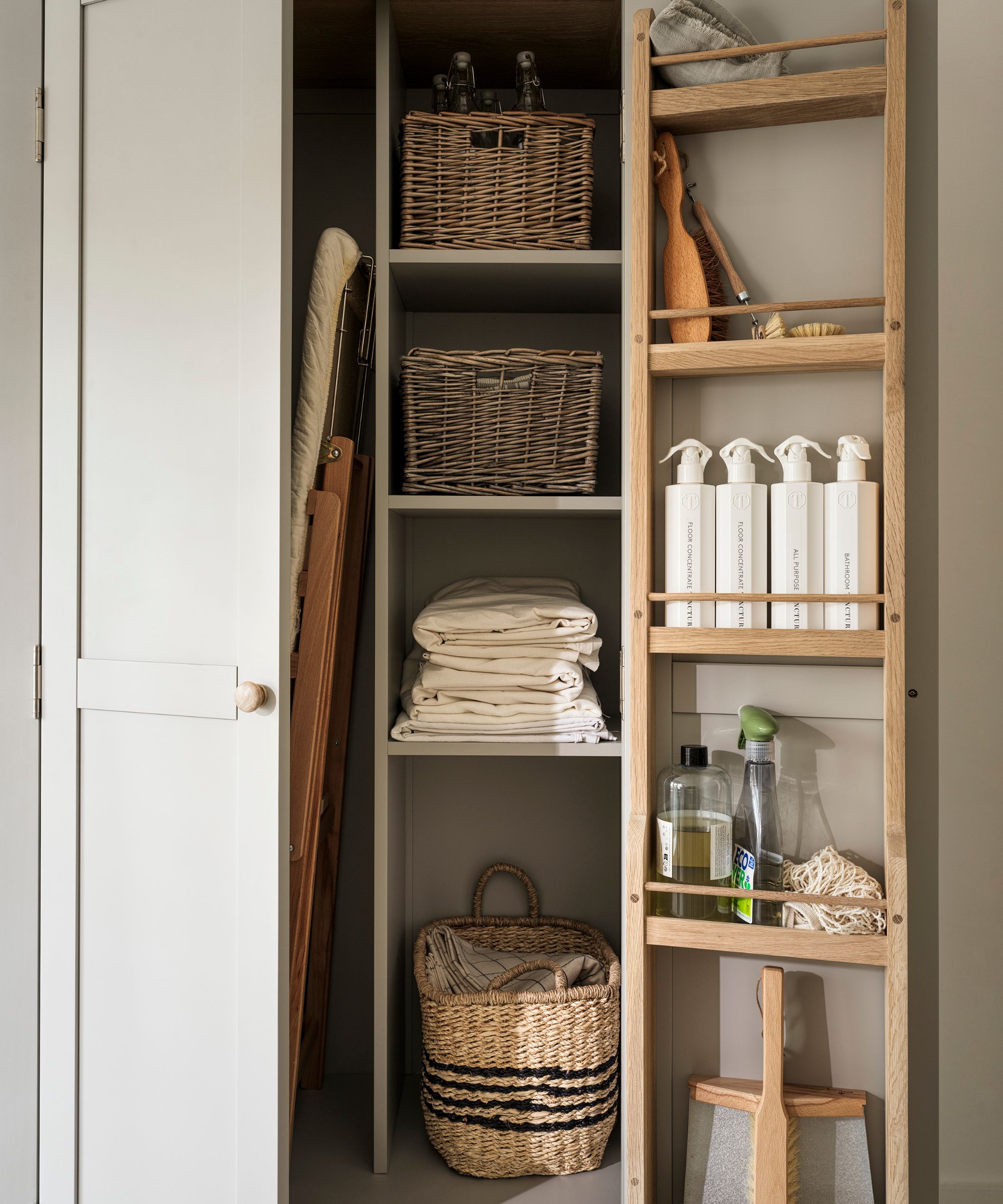
In what might be the best news ever, it's best to skip ironing when it comes to linen bedding.
Nicole Johnson, home blogger and founder of The Joy Filled Mom shares, ‘Linen naturally has a relaxed and slightly wrinkled appearance, which adds to its charm. If needed, iron on a low setting while the fabric is still slightly damp.'
You can also use a handheld garment steamer, available at Walmart to help lessen harsh creases and freshen up bedding between sleeps to improve sleep hygiene.
FAQs
How do you soften linen sheets?
As with making towels soft again, one of the best ways to soften linen sheets is to use vinegar in laundry. Add one cup of distilled white vinegar (available at Walmart) to the detergent drawer of your washing machine before washing your linen bedding as normal, allowing it to air dry afterward to keep the fibers soft.
Does linen bedding shrink after washing?
100% linen can be prone to some shrinkage over time, especially if it is not washed correctly. The most shrinkage will be noticeable after the first wash, typically shrinking about 4% of its original size. Continued shrinkage can be minimized by washing linen on gentle cycles with the correct products to protect the fibers.
How long does linen last?
If you wash linen bedding correctly, one set can easily last you for decades to come, Christina Heiser, content director at Saatva, assures us. 'It's generally recommended to replace bed sheets every two to three years and properly maintain them to avoid the build-up of dust mites, allergens, body oils, and dead skin cells,' she says. 'However, linen is considered the most durable natural fiber in the world. It should last at least five years, sometimes even more, depending on how well it is taken care of.’
There are several bedding laundry mistakes you need to avoid, no matter if you are washing the best linen bedsheets or cotton bedsheets, to help keep your bed sets in top condition for longer to ensure a better night's sleep.
Sign up to the Homes & Gardens newsletter
Design expertise in your inbox – from inspiring decorating ideas and beautiful celebrity homes to practical gardening advice and shopping round-ups.

Chiana has been at Homes & Gardens for two years and is our resident 'queen' of non-toxic living. She spends most of her time producing content for the Solved section of the website, helping readers get the most out of their homes through clever decluttering, cleaning, and tidying tips. She was named one of Fixr's top home improvement journalists in 2024.
You must confirm your public display name before commenting
Please logout and then login again, you will then be prompted to enter your display name.
-
 5 surprising but brilliant ways to clean with old socks – from perfectly buffing stainless steel to deterring pests naturally and more
5 surprising but brilliant ways to clean with old socks – from perfectly buffing stainless steel to deterring pests naturally and moreTackle dust in tricky corners, clean your mirrors and even banish bad odors with those rogue single socks
By Andy van Terheyden Published
-
 How to grow astilbe – expert advice on cultivating this shade-tolerant flowering perennial
How to grow astilbe – expert advice on cultivating this shade-tolerant flowering perennialShade-tolerant and pest-resistant - astilbe are hardy and tough perennials that can thrive in many settings
By Ellen Wells Published
-
 5 surprising but brilliant ways to clean with old socks – from perfectly buffing stainless steel to deterring pests naturally and more
5 surprising but brilliant ways to clean with old socks – from perfectly buffing stainless steel to deterring pests naturally and moreTackle dust in tricky corners, clean your mirrors and even banish bad odors with those rogue single socks
By Andy van Terheyden Published
-
 5 things people with clean upholstery always do – simple, quick and oh-so-effective
5 things people with clean upholstery always do – simple, quick and oh-so-effectiveEnsure your furnishing looks clean year-round with these expert tips
By Seraphina Di Mizzurati Published
-
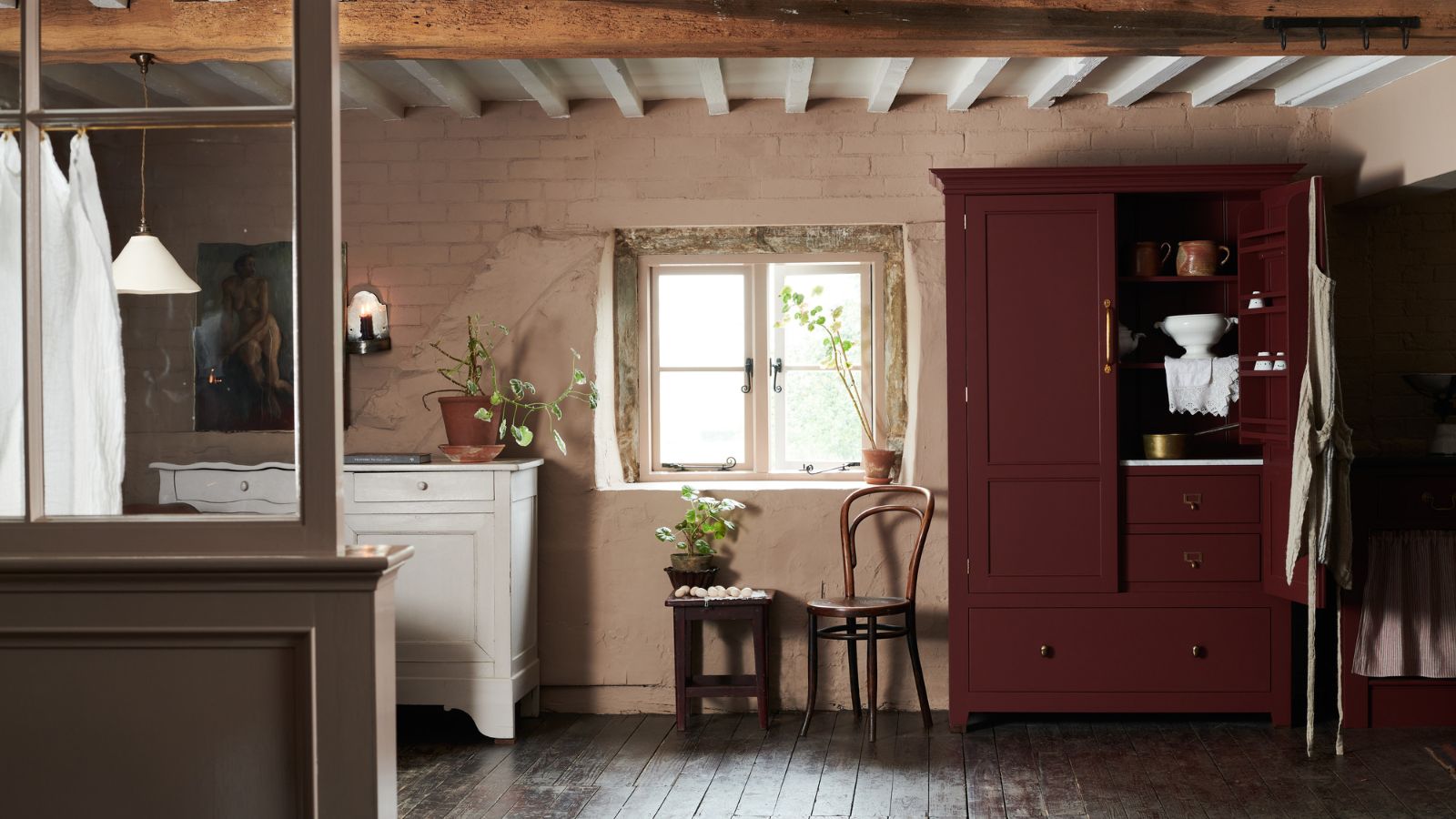 'Wick away the ick' – 6 things people with clean laundry rooms always do to make this hardworking space shine
'Wick away the ick' – 6 things people with clean laundry rooms always do to make this hardworking space shineThese tips on how to clean your laundry room will banish grime
By Seraphina Di Mizzurati Published
-
 How safe are carpet deodorizers? As a seasoned vacuum tester, I urge you to try alternative methods
How safe are carpet deodorizers? As a seasoned vacuum tester, I urge you to try alternative methodsNatural cleaning is always the answer
By Dan Fauzi Published
-
 'The world will not end' – 5 cleaning habits to quit for a happier, easier life, and what to do instead
'The world will not end' – 5 cleaning habits to quit for a happier, easier life, and what to do insteadGet your home sparkling, minus the stress
By Ciéra Cree Published
-
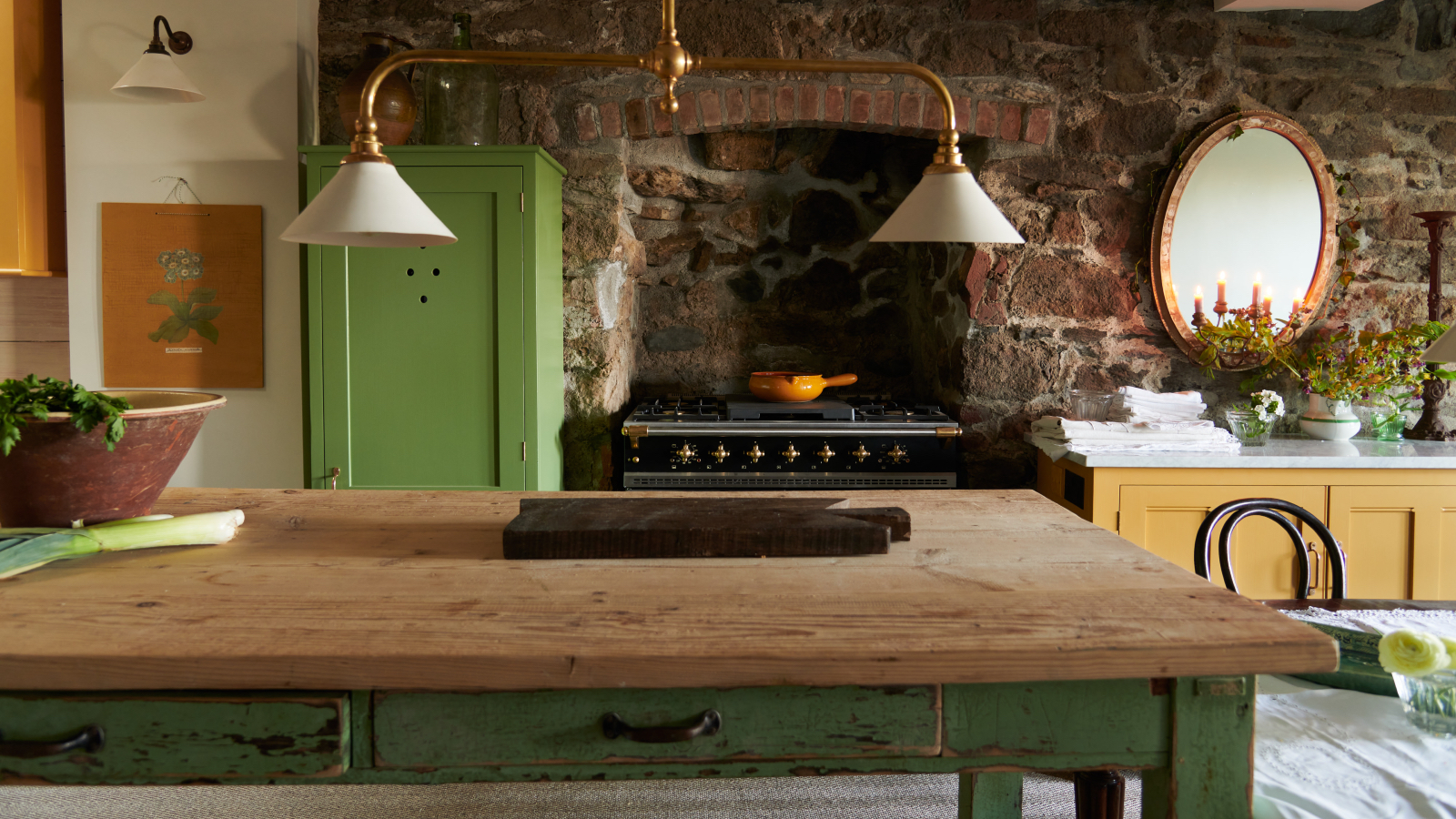 9 things you can clean with glycerin – this cheap and natural cleaner is perfect for indoor and outdoor use
9 things you can clean with glycerin – this cheap and natural cleaner is perfect for indoor and outdoor useFrom patio furniture to silverware, this hydrating and gentle cleaning agent will work miracles
By Ciéra Cree Published
-
 How to clean a terrazzo floor in 5 steps – expert tips to scrub, shine, and seal this sparkling floor finish
How to clean a terrazzo floor in 5 steps – expert tips to scrub, shine, and seal this sparkling floor finishAvoid damage and protect it's shine with these expert tricks
By Chiana Dickson Published
-
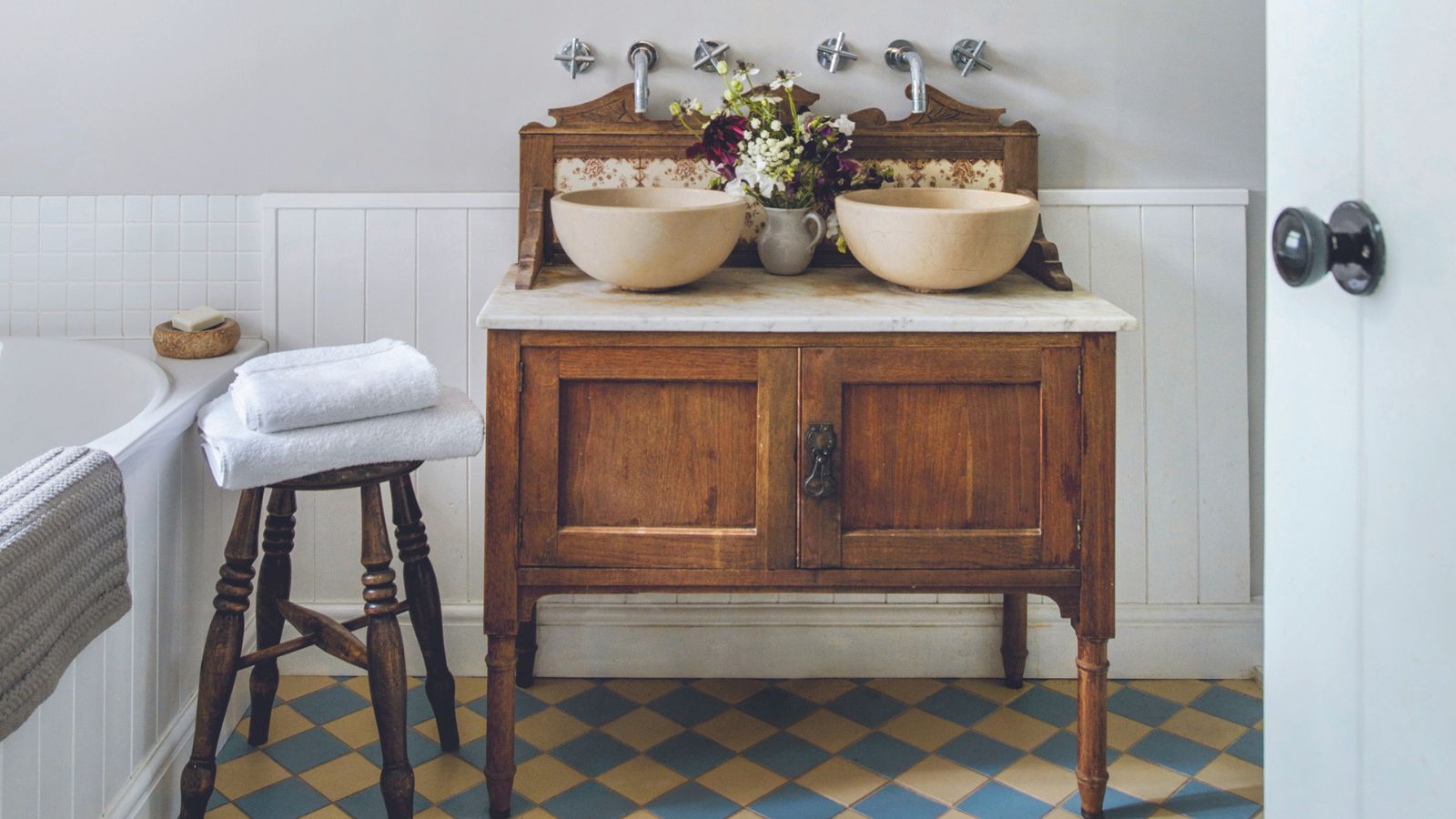 I'm 5ft2 and this telescopic scrubber safely and easily banished mold and grime in even the hardest-to-reach areas of my bathroom in less than 15 minutes
I'm 5ft2 and this telescopic scrubber safely and easily banished mold and grime in even the hardest-to-reach areas of my bathroom in less than 15 minutesMy bathroom has never looked better thanks to this handy $16 two-in-one tool from Joseph Joseph
By Ottilie Blackhall Published